
Written by digiDirect
A quick scan of the next concert or beach that you visit might give the impression that phones have replaced small compact cameras. While phone cameras have been steadily improving, if you're seeking the best image quality that fits in your pocket, compact cameras are still king. There are three main reasons for this: a optical zoom lens, a larger sensor, and a dedicated experience. Let's address the lens first.
Optical Zoom Lens
One of the main aspects of a camera is the zoom range that it can achieve. In particular when travelling, a camera with a longer zoom makes sense because you can capture more things in detail without having to stray too far.
To use an example, the Panasonic Lumix DC-TZ90 is a perfect travel camera. It features 30x zoom, which allows you to shoot far away subjects (like wildlife or distant landscapes) or close ups of mid-distance objects (like portraits and buildings). Because this is an optical zoom, the image quality does not degrade the further you zoom in.
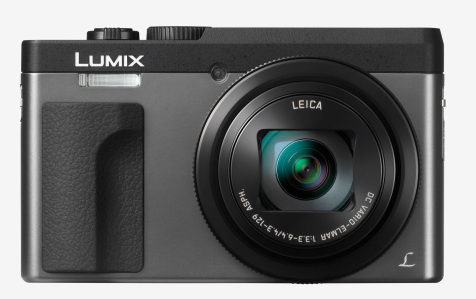
The Panasonic TZ90 provides a long optical zoom for maximum flexibility
Phones, on the other hand, have no optical zoom and instead rely on digital zoom in order to zoom in on distant subjects. Digital zoom doesn't use any optics to change the magnification - instead, it just digitally crops in on the photo and tries to sharpen what's left. This would be essentially the same effect as if you took the photo without zooming, and then just cropped and blew it up on your computer later. Since it works this way you don't actually get greater magnification and the quality of your image is greatly sacrificed. I'm sure you've noticed that your phone's photos drop significantly in quality when zoomed in! For this reason, a Panasonic TZ-90 or similar compact with a long optical zoom will be a better side-kick to capturing your travel shots.
Larger Sensor
Another benefit that compact cameras have over phones is in the sensor size. To avoid getting too technical, the sensor is the part of the camera that actually captures the image (think of it as the digital equivalent to the "film" of the camera). It sits behind the lens, and a larger sensor produces higher quality images in a number of ways. Overall picture quality, low-light performance, and artistic shallow-depth of field performance all increase with a larger sensor.
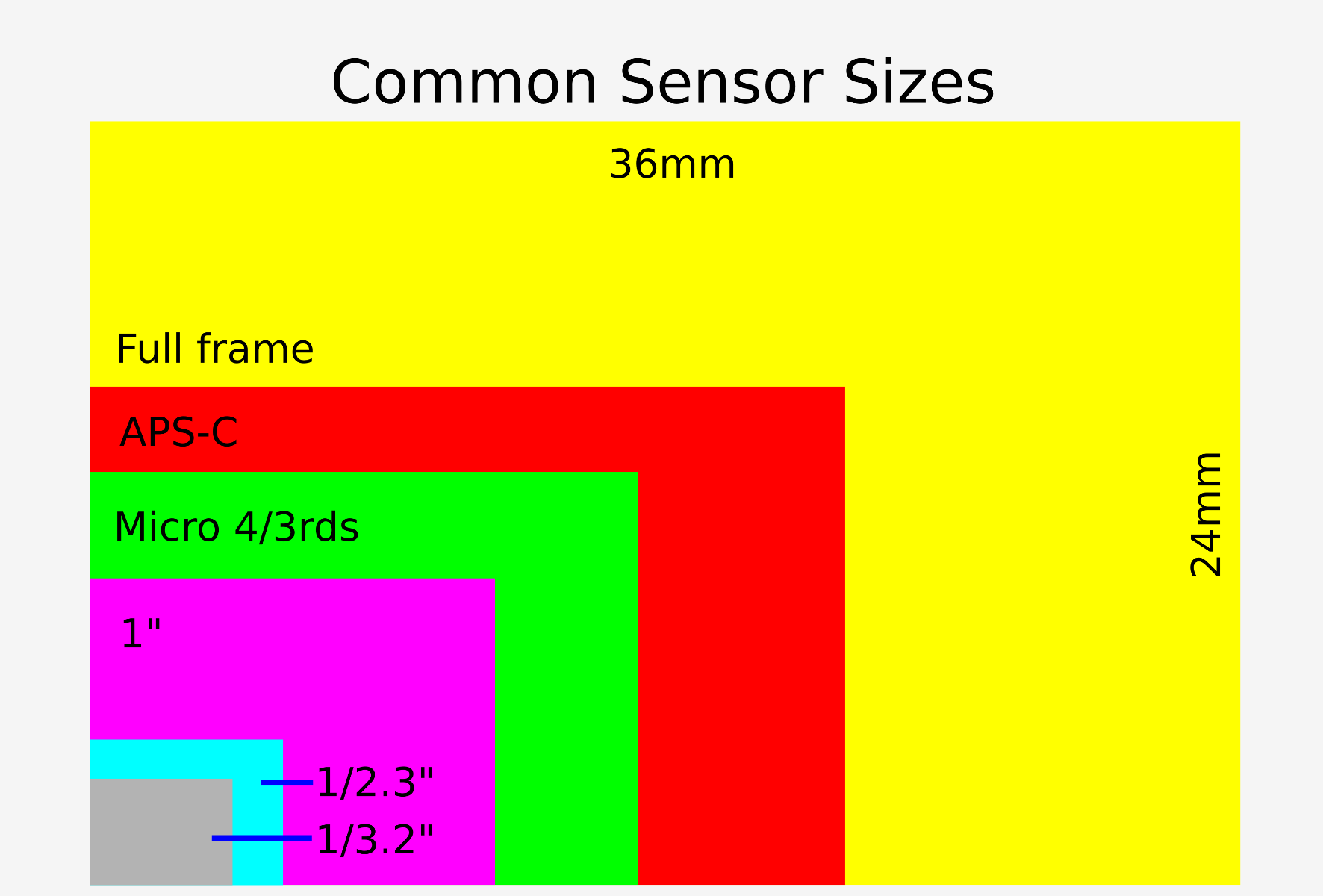
Compact cameras like the Sony RX100 VI have a 1" sensor. Most phone sensors are in the 1/3.2" or 1/2.3" range
While the sensors on compact cameras might be smaller when compared to professional full frame DSLRs, they are massive compared to the sensor on your phone. The sensor of a high-end compact like the Panasonic TZ220 is about 7.5x larger than the current-gen iPhone! This makes sense though, as the camera is only a tiny portion of a phones overall functionality, and as such the sensor is limited to only a very small part of the phone's overall real estate.
The Sony RX100 VI is one of the best examples of fitting professional image quality into a tiny body. It has a large sensor (relative to the size of the camera), which means it can capture more light, which favours low-light performance and selective focus, similar to a DSLR or interchangeable mirrorless. Selective focus means you can blur out the background behind your subject for that professional look. A phone fakes the blurry background with computer processing and will stack multiple photos together in low-light conditions, both of which are imitations of what a large-sensor compact can do qnaturally. Stick with the Sony RX100 lineup, Canon G9X or other compacts with large sensors to take high quality photos without compromise.
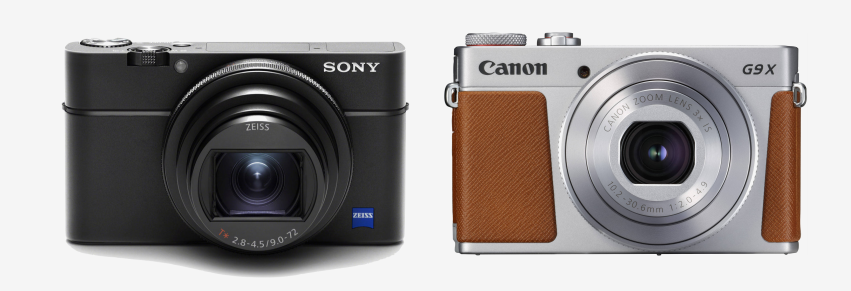
The Sony RX100 VI and Canon G9X both provide large sensors in a compact camera body
You can learn more about sensor size and how it affects your photography in our Sensor Size Explained article.
Dedicated Experience
Phones are a jack of all trades whereas compacts are a master of one. Beyond the superior specs, compact cameras offer a dedicated photography experience designed for speed, control and enjoyment. They have a real shutter button, control wheels and mode dials for quick access to settings. Compacts let you to take full manual control over shutter speed, aperture, ISO and white balance. That isn't to say that they necessitate a higher knowledge level than phone photography though - they also have full automatic modes which allows you to simply point-and-shoot while still taking advantage of their superior image quality.

While phones have been gaining a more photo-centric focus in recent years, the realities of design requirements for their non-photo features mean that there will always be compromises. Virtual buttons, operation only via touch-screen, lack of a hand grip or viewfinder, and other similar factors means that shooting with a phone will always require some compromise. Overall, compact cameras offer a more tactile experience that will allow you to enjoy taking photos.
It's certainly amazing how far phone cameras have come over the past decade or so, and the quality continues to include. This has also generated a lot more widespread interest in photography, as everyone has access to a basic camera system in their pocket! That being said, phones do have their limitations, and if you're looking to increase your photography game while keeping it portable, a compact camera may be the way to go.
Interested in contributing to the digiLife blog? Email community@digidirect.com.au with the subject line "digiLife Contributor", and include links to your photography portfolio and a writing sample.









































































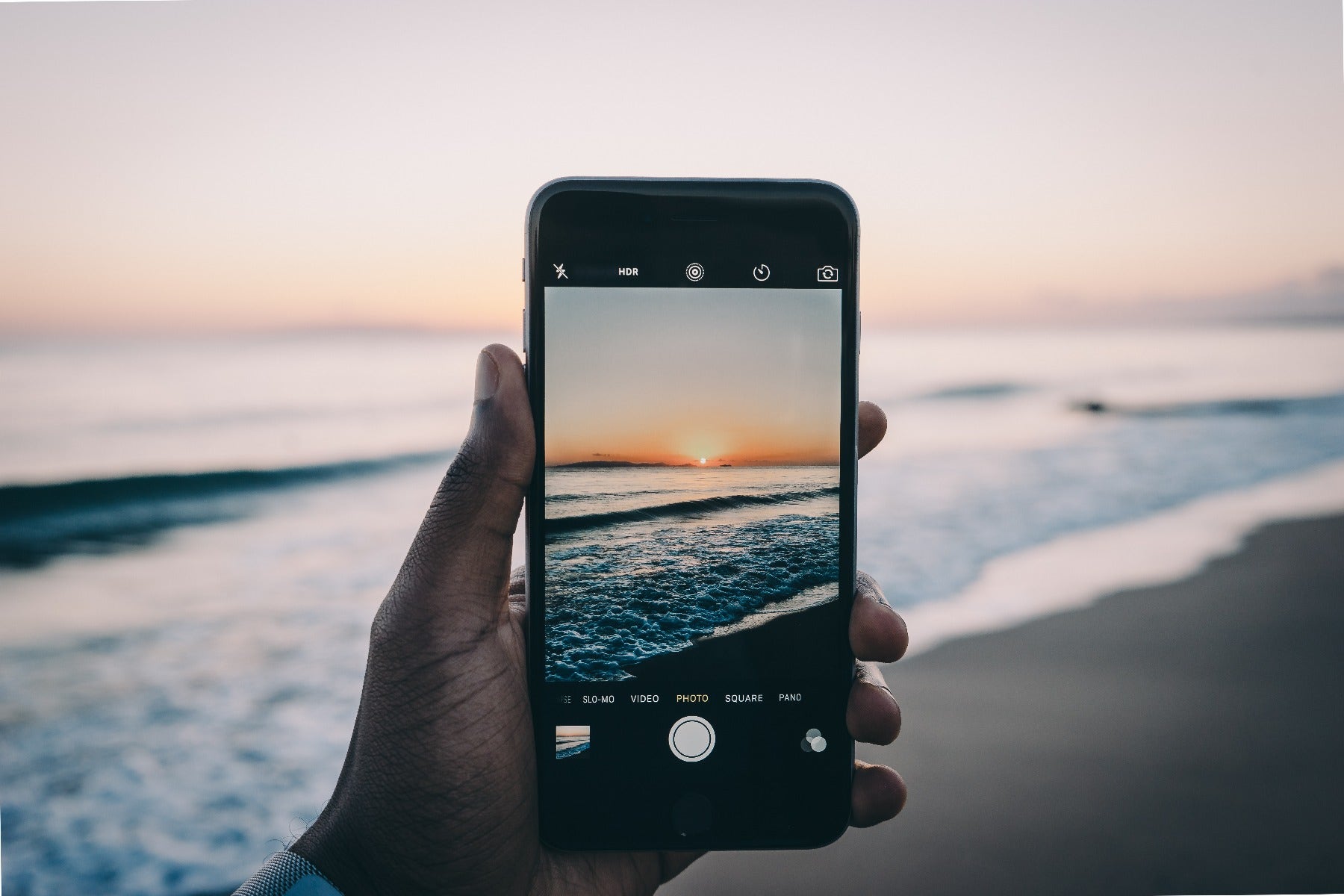
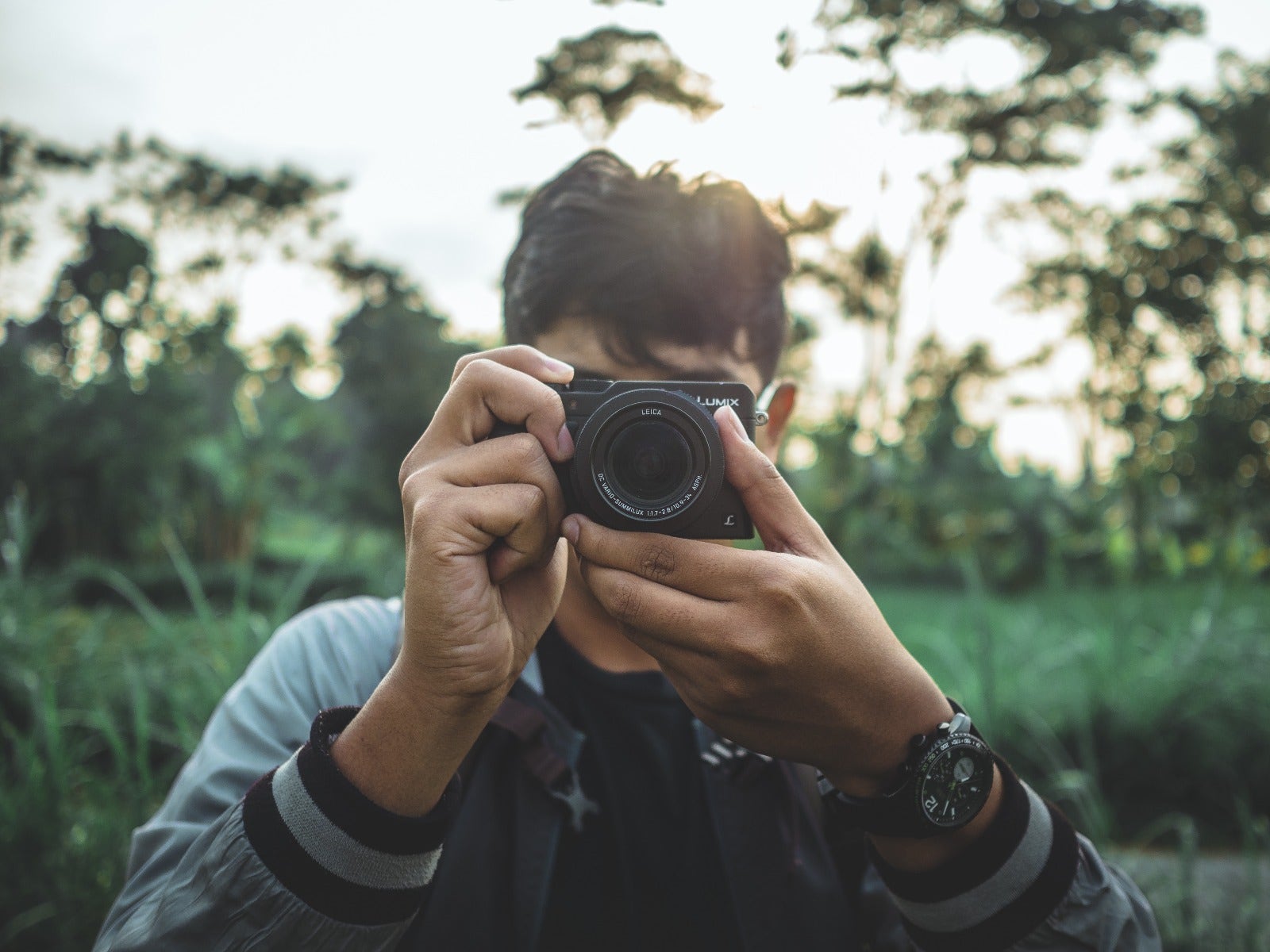





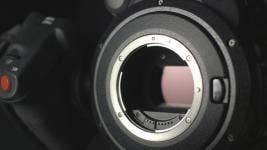
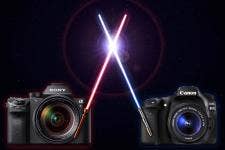
Comments
No Comments yet. Be the first to comment.